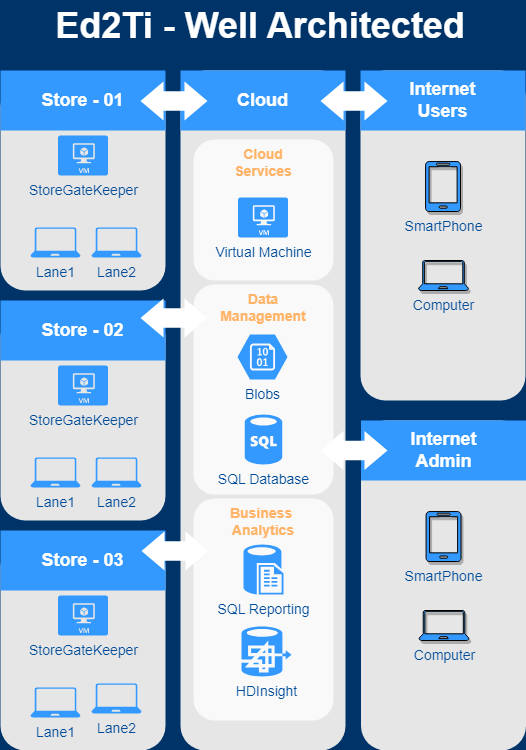Power BI, Microsoft's business intelligence tool, empowers users to transform raw data into actionable insights through compelling visualizations. To harness the full potential of Power BI, it's crucial to adopt best practices in data modeling, report design, and overall usage. This article explores key recommendations to elevate your Power BI proficiency and enhance the impact of your data-driven decisions.
1) Data Modeling Best Practices:
Normalize Data: Organize your data model by breaking it into logical tables, promoting normalization. This enhances maintainability and reduces redundancy.
Relationships: Establish clear and appropriate relationships between tables. Utilize relationships to merge data from different tables effectively.
Data Types and Formatting: Ensure accurate data types and formatting for each column. Consistent formatting enhances the visual appeal and readability of your reports.
2) Report Design Best Practices:
Simple and Intuitive Layout: Keep your report layout clean and intuitive. Arrange visuals logically and use consistent color schemes and fonts for a professional look.
Use of Filters: Leverage filters judiciously to focus on relevant data. Utilize slicers for an interactive and user-friendly experience.
Performance Considerations: Optimize report performance by minimizing the use of unnecessary visuals and complex calculations. Aggregating data at the source or using summary tables can significantly boost performance.
3) Visual Best Practices:
Choose the Right Visuals: Select visuals that best represent the insights you want to convey. Bar charts, line charts, and scatter plots are commonly used, but consider specialized visuals when appropriate.
Consistent Naming Conventions: Maintain a consistent and meaningful naming convention for visuals, fields, and measures. This ensures clarity and simplifies collaboration with others.
Accessibility: Design your reports with accessibility in mind. Use alt text for visuals, and ensure that colors and contrasts are accessible to users with visual impairments.
4) Security Best Practices:
Row-Level Security (RLS): Implement Row-Level Security to control access to data based on user roles. This ensures that users see only the data relevant to their role.
Secure Data Connections: When connecting to external data sources, employ secure methods such as encrypted connections (HTTPS) and, if applicable, OAuth authentication.
5) Documentation:
Commenting and Descriptions: Document your data model, measures, and visuals using comments and descriptions. This aids in knowledge transfer and understanding, especially in collaborative environments.
Version Control: Establish version control for your Power BI files. This ensures that changes can be tracked and reverted if necessary.
Conclusion:
Mastering Power BI involves a combination of technical prowess and a keen eye for effective data communication. By incorporating these best practices into your Power BI workflow, you'll not only enhance the visual appeal of your reports but also optimize performance and foster a culture of data-driven decision-making within your organization. Stay curious, stay informed, and continuously refine your Power BI skills to unlock the full potential of this robust business intelligence tool.










